Question: Is sustainable cost reduction possible whilst rolling our enterprise agility?
As we navigate the budget season, doing more with less is a perennial challenge which spans the ages.
However, viewed differently, this presents an opportunity to exercise creativity and unconventional thinking. In these constraints lies the canvas for innovative solutions that can propel us to victory. Consider the transformative power of enterprise agility — refining delivery, choosing projects wisely, and breaking free from the diminishing returns trap.
The question is: can you overcome the challenges and achieve unprecedented levels of success? 💪
Featured Article:
AI is about to completely change how you use computers
And upend the software industry.
Article featured in GatesNotes
I still love software as much today as I did when Paul Allen and I started Microsoft. But—even though it has improved a lot in the decades since then—in many ways, software is still pretty dumb.
To do any task on a computer, you have to tell your device which app to use. You can use Microsoft Word and Google Docs to draft a business proposal, but they can’t help you send an email, share a selfie, analyze data, schedule a party, or buy movie tickets. And even the best sites have an incomplete understanding of your work, personal life, interests, and relationships and a limited ability to use this information to do things for you. That’s the kind of thing that is only possible today with another human being, like a close friend or personal assistant.
In the next five years, this will change completely. You won’t have to use different apps for different tasks. You’ll simply tell your device, in everyday language, what you want to do. And depending on how much information you choose to share with it, the software will be able to respond personally because it will have a rich understanding of your life. In the near future, anyone who’s online will be able to have a personal assistant powered by artificial intelligence that’s far beyond today’s technology.
The emergence of Generative AI presents corporate boards of directors with a present-day challenge. Will Generative AI disrupt companies and entire industries?
Some estimates have indicated that Generative AI will automate over 40 percent of business tasks and create business value worth more than $400 billion. The public version of Chat GPT, an application of Generative AI, created over 100 million users in a few weeks of its release. The potential impact extends to job displacement. What if a large majority of white-collar tasks can be performed more effectively with AI?
I recently attended the Wall Street Journal Tech Live event, and wrote about Artificial General Intelligence (AGI) And The Coming Wave. At the WSJ event, venture investor Vinod Khosla forecast that, “AI will be able to replace 80% of 80% of all jobs within 10-20 years”. Author and AI pioneer Mustafa Suleyman noted, “Within the next few years, AI will become as ubiquitous as the Internet”, and asked, “Will AI unlock secrets of the universe or create systems beyond our control?”
Choosing the best design for these components, known as deep neural network accelerators, is challenging because they can have an enormous range of design options. This difficult problem becomes even thornier when a designer seeks to add cryptographic operations to keep data safe from attackers.
Now, MIT researchers have developed a search engine that can efficiently identify optimal designs for deep neural network accelerators, that preserve data security while boosting performance.
Their search tool, known as SecureLoop, is designed to consider how the addition of data encryption and authentication measures will impact the performance and energy usage of the accelerator chip. An engineer could use this tool to obtain the optimal design of an accelerator tailored to their neural network and machine-learning task.
What’s motivating your action?
Are you the leader who tends to spend more time tackling Pain? Or moving towards Gain?
Article featured in Digital Leaders
The fork-in-the-road moment has long fascinated me. In that moment, as leaders, we find ourselves at the fork in the road needing to choose between options on behalf of our teams, our organizations, and the leadership we’re driving towards.
The moment that happens over and over in our careers as we face decisions such as…
Do I hire this candidate or that?
Do I have my team continue to focus on “lights on” activities or shift to “value add?”
Do I fight for the extra budget to push forward this modernization initiative, or do I stay the course?
Do I have the team needed to drive to next or is it time to think about skills acquisition differently?
When we think about it, the fork-in-the-road moment often manifests because of one of two conditions:
- We’re trying to move our teams/companies away from Pain
- We’re trying to move our teams/companies towards Gain
12 digital transformation benefits for business
Efficiency, resiliency, productivity and ROI are among the most critical digital transformation benefits for businesses fighting to remain competitive and gain market share.
Article featured in TechTarget
Executives continue to believe that they need to engage in digital transformation if they want their businesses to succeed.
For example, a “KPMG 2023 CEO Outlook” survey of 1,325 CEOs found that respondents saw advancing digitalization as a top operational priority to achieve growth. Such a finding indicates organizational leaders understand that transformation isn’t just a project to accomplish, but a continuous business activity to pursue because it delivers real value.
What is digital transformation and why is it important?
Digital transformation (DX) requires the infusion of internet-based tools and technologies into a company’s processes. This lets an organization meet and anticipate the wants and needs of its customers, the market, its employees and, indeed, all its stakeholders.
Introducing business agility to an organization can have a lot of benefits to a company’s bottom line. It can increase revenue, profitability, and employee retention rates. Among these improvements, one change that can often heavily and rapidly affect a company’s bottom line is reducing the cost of delivery.
Business Agility enables a company to reduce cost of delivery through:
- improving its delivery processes.
- becoming more deliberate with its projects
- having a willingness to stop
Improving delivery processes
The main improvement an organization can make to its delivery processes is automation. Automating menial tasks reduces the overall time it takes to reduce delivery time by freeing people to work on other parts of the project. This is especially true in smaller teams where manpower is limited.
THE DIGITAL EYE
I hope these articles are valuable.
I am passionate about technology, and I want to share that passion with you. I believe that it’s essential for everyone to stay up-to-date on the latest trends, so I’ve set out to cover all aspects of the industry – from data analytics to blockchain and AI.
Please let me know if you want to see any other topics covered, and I would appreciate your help sharing this blog with others interested.








